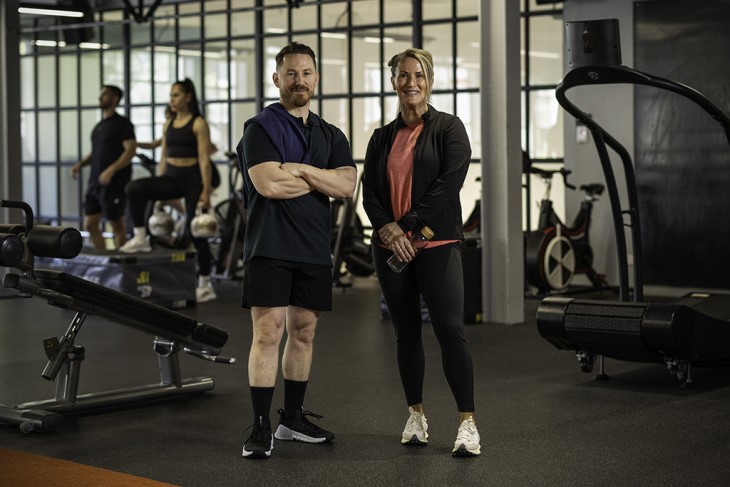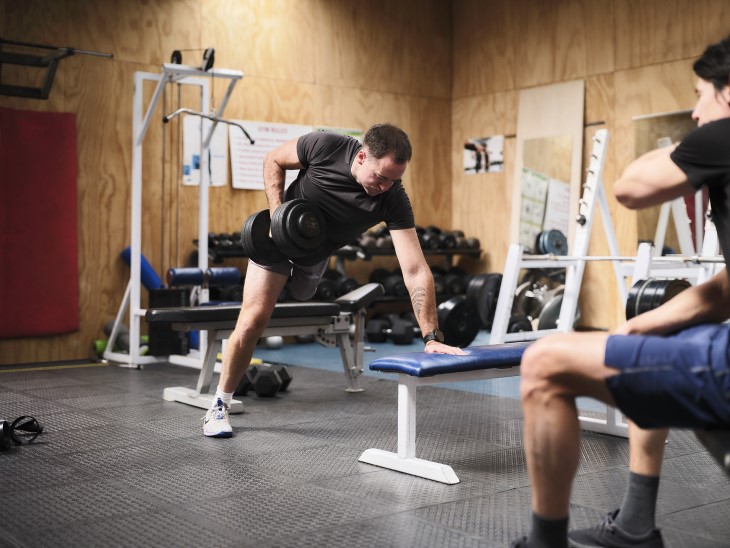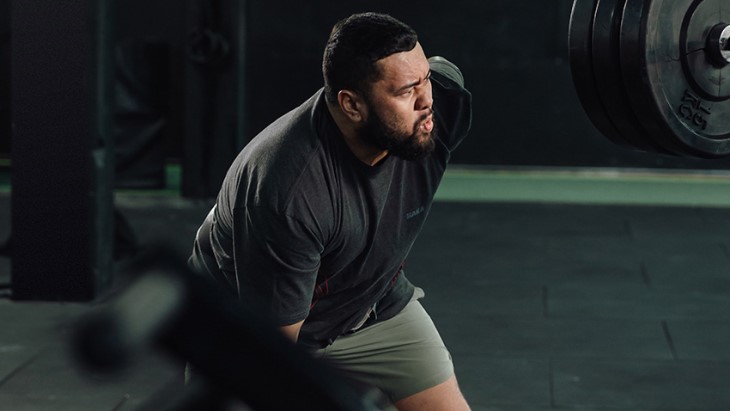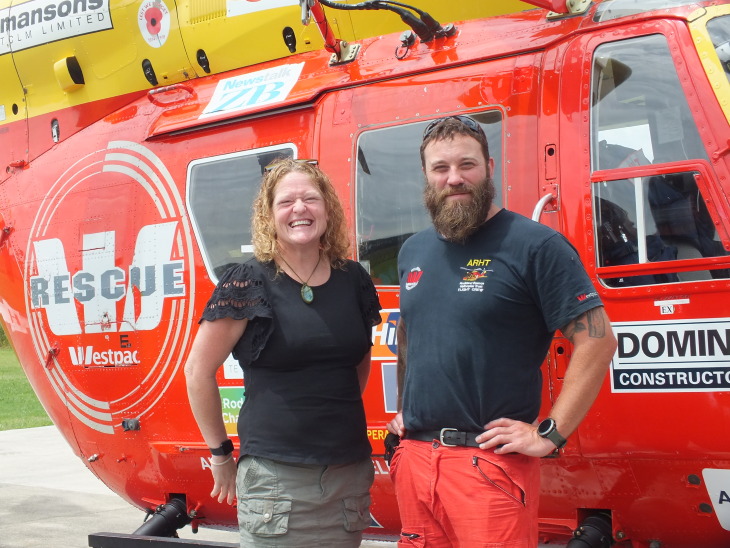‘Have a Hmmm’ before hitting the gym
We’re working with our friends at Exercise NZ to help New Zealanders get the most out of their time at the gym by staying injury free.
Hitting the gym is at the top of the New Year’s resolution list for many people.
The start of a new year serves as an opportunity for many to set fresh goals and commit to better habits.
Surveys show the most popular resolution every year is getting into fitness.
But our new data shows people need to take a moment to consider the risks of injury before trying to record a personal best bench press or squat.
In 2023, we helped people recover from over 50,000 gym-related injuries at a cost of around $50 million.
ACC Injury Prevention Leader James Whitaker believes signing up for the gym to get fit and strong is a great New Year’s resolution.
But James says people will get the most out of their efforts if they have an appropriate plan.

Registered personal trainers and gym directors Carl Hammington and Mish McCormack.
Teaming up with Exercise NZ to prevent injury
To help New Zealanders achieve their New Year’s resolutions, ACC and Exercise New Zealand have created a series of videos and other content with registered personal trainers and gym directors Carl Hammington and Mish McCormack.
“We want people to be active,” James says.
“Exercise may increase some injury risks but can help people avoid many other injuries. But if you push yourself too hard, too fast in the gym and don’t seek advice from registered trainers, you may end up with an injury.”
James says if you do things in the gym the right way you can build up your strength and balance, reducing your risk of falls and other injuries.
Being active and exercising also leads to a wide range of other health and wellbeing benefits.
“We know most injuries are predictable and therefore preventable,” he says.
“ACC is there to support you if you get injured, but it’s always much better to prevent injury in the first place.”

How we’re hurting ourselves in the gym
Every year, soft tissue injuries make up around 95 per cent of all gym-related injuries.
The top four types of soft tissue injuries last year were: strenuous movement with lifting (47 per cent), strenuous movement without lifting (25 per cent), impact or contact with an object (12 per cent), and impact or contact with the ground (8 per cent).
People aged 21 to 30 were most frequently injured.
The four most injured body areas (lower back/spine, shoulder, knee, neck/back of head) accounted for 63 per cent of injuries in females and 65 percent in males.
Auckland had the highest number of gym-related injuries, followed by Canterbury and Wellington.
“Have a hmmm before you get stuck into the gym this summer,” James says.
“Injuries can affect your friends, whānau, workmates and teammates. Take a moment to consider the risks of injury, so you can keep doing the things you love.”
A host of useful tips relating to most activities this summer are available on the ACC website.
“Interested people can tick off the things they’re into and get tips linked to their lifestyle,” James says.
Get injury prevention tips to suit your lifestyle

Tips for reducing gym injuries
Warm up: A good warm up helps prevent injury and your recovery from injury.
Ease into it: It can be tempting to jump right into intense training but going too hard, too soon might increase your risk of injury. It’s better to start off gradually and go at your own pace.
Get advice from a registered personal trainer: They can help you learn the right skills and techniques. You can find one near you on the website for REPS, the registration body for Exercise Professionals and Facilities.
Be realistic: Listen to your body. Remember there’s no ‘one-size-fits-all’ approach that works for everyone.
Have recovery days: Make sure you give your body time to recover after your workout by taking rest days. If you do get injured, make sure you take time to recover and don’t rush back into training.




